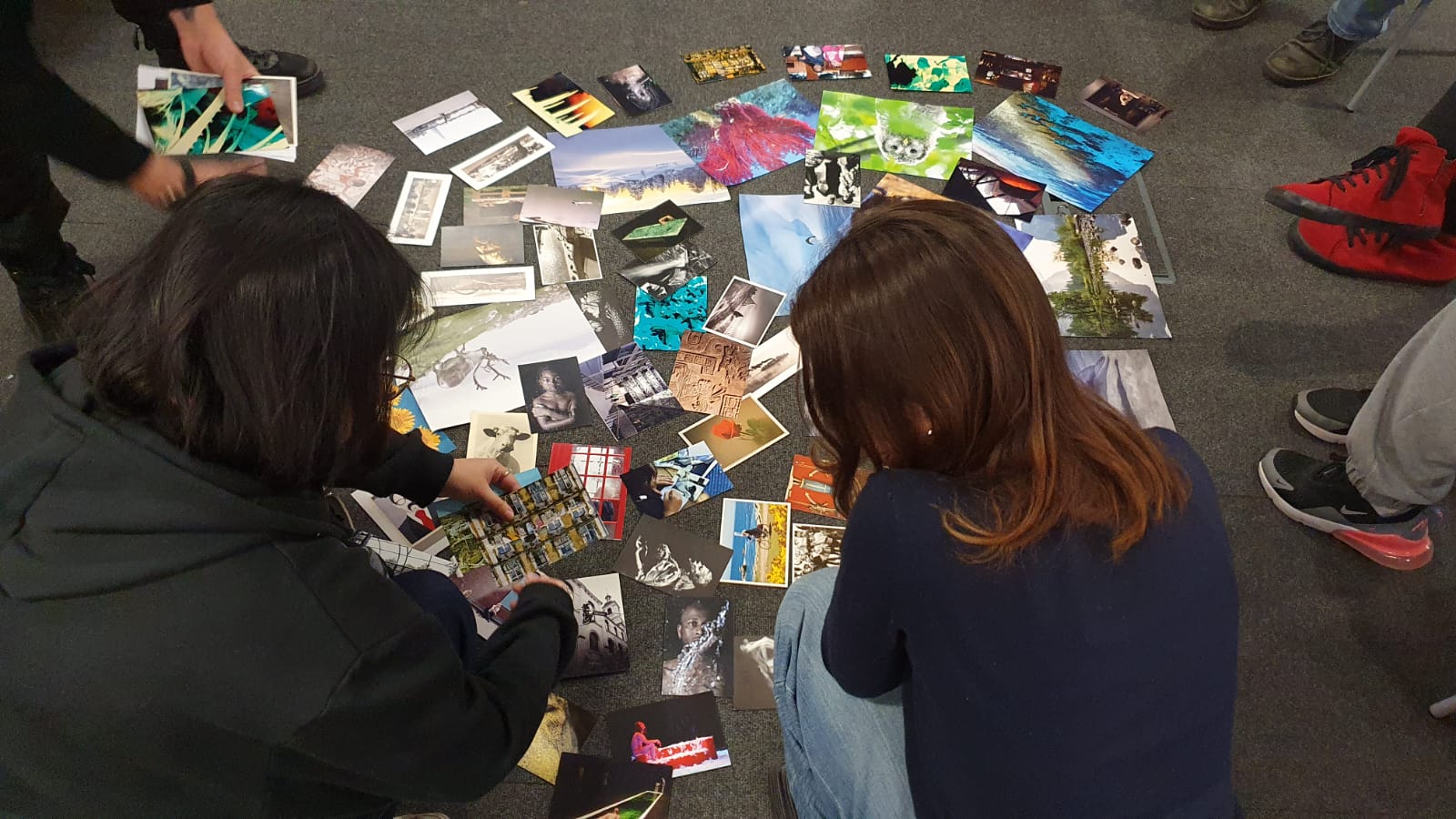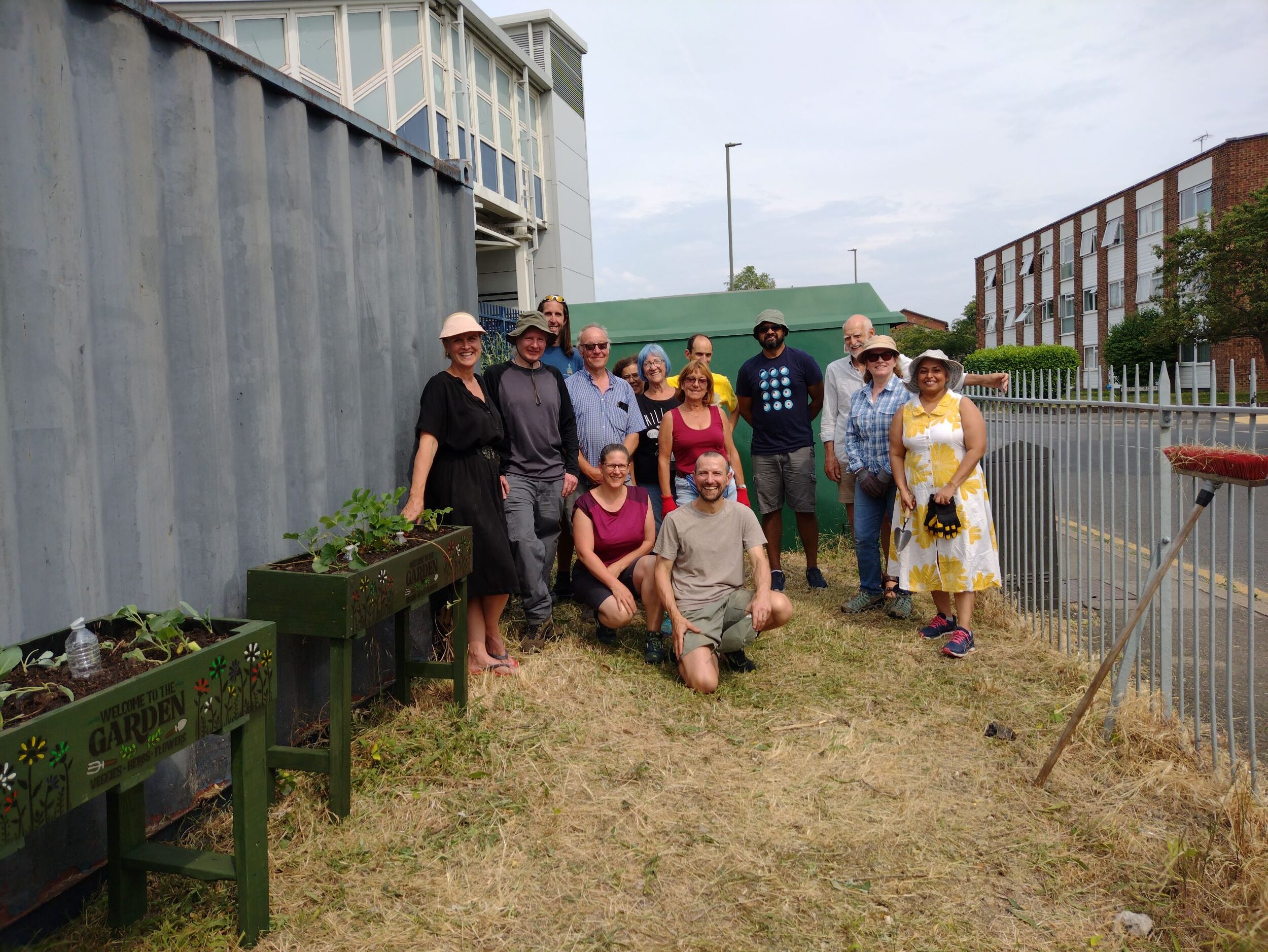Tana River County and Lamu County, the two downstream coastal counties in Kenya, bear the greatest burden from the unsustainable use of water resources within the expansive Tana River watershed. This basin not only supports the region’s agriculture and fisheries but also sustains approximately 7 million people. However, the situation has steadily worsened due to a range of upstream activities. Industrial discharges, large-scale agriculture, urban expansion, and mining operations have all contributed to increased water pollution and reduced water volumes. Excessive water extraction and the discharge of pollutants have already led to declining water quality, disrupted aquatic ecosystems, and posed significant health risks to communities that depend on the river for drinking water and food production.
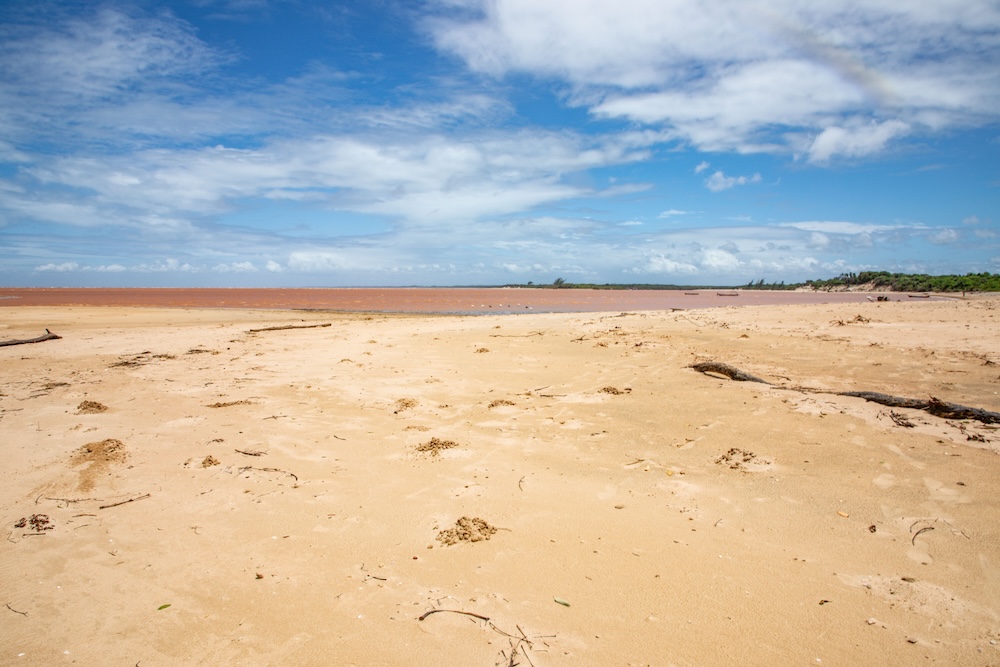 A wide shot of the mouth of the Tana River (©PKagwa - Wetlands International)
A wide shot of the mouth of the Tana River (©PKagwa - Wetlands International)
In addition, seasonal floods - exacerbated by dam operations - have caused severe damage downstream. During dry periods, water stored in reservoirs for hydropower and irrigation results in low river flows, leading to saltwater intrusion and chronic water shortages. Conversely, sudden releases of dam water during the rainy season have triggered catastrophic flooding, causing extensive damage to infrastructure, displacement of families, and major economic losses.
To address these urgent challenges in Lamu and Tana River Counties, the "Lamu and Tana River Counties Position Paper on Water-Related Concerns and Grievances Associated with Upstream Developments" was developed, reviewed, validated, and finalised. This document forms a critical foundation for the development of an inter-county protocol and Memorandum of Understanding (MoU) to be signed by all key counties within the River Tana basin.
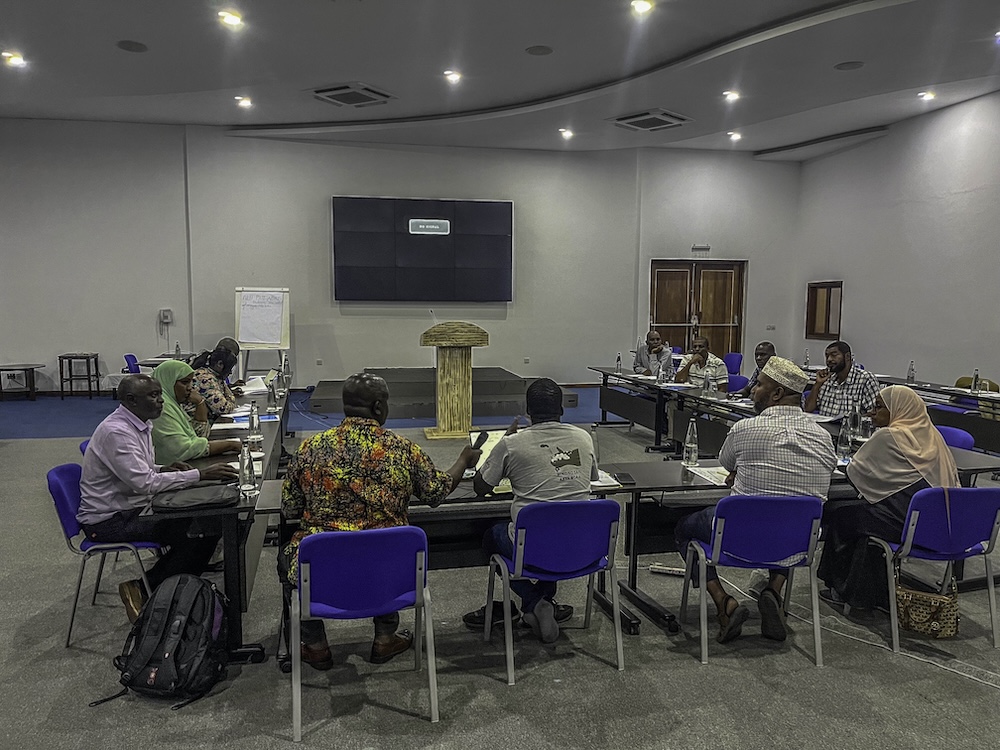 Water Protocol meeting in Malindi (©AHazeez - Wetlands International)
Water Protocol meeting in Malindi (©AHazeez - Wetlands International)
Importantly, the concept of the Rights of Wetlands played a key role in shaping the position paper, which will be the guiding principles of the Water Protocol, by highlighting the intrinsic value of wetlands and the necessity of protecting their ecological integrity. This rights-based perspective helped frame discussions around equity, sustainability, and accountability in managing shared water resources, ensuring that wetlands are recognised not just for their utility but also for their inherent right to exist and function naturally.
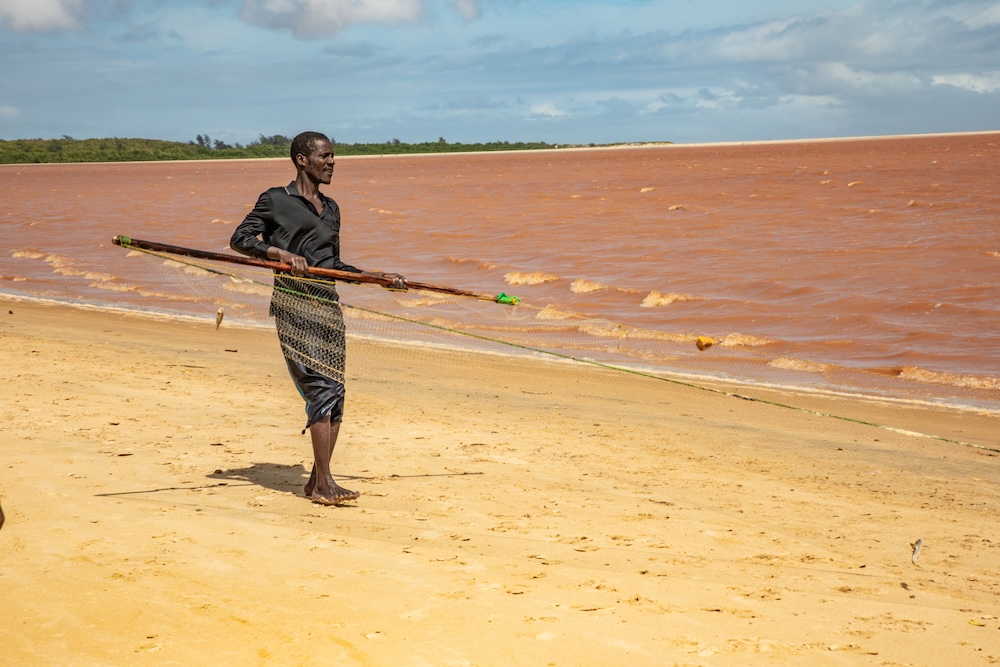 A fisherman secures his second catch of the day from the Tana River in Kipini, Kenya (©PKagwa - Wetlands International)
A fisherman secures his second catch of the day from the Tana River in Kipini, Kenya (©PKagwa - Wetlands International)
Supported by Nature Kenya and Wetlands International, in strategic partnership with the Council of Governors (CoG) and the Ministry of Water, Sanitation, and Irrigation, this transformative initiative aims to reshape water governance in the River Tana basin. The nine counties within the basin will play a pivotal role in this process, leading efforts to enhance collaboration, promote sustainable, equitable and coordinated water resource management, and develop a binding protocol that reflects the unified commitment of all stakeholders involved. It will support harmonising and monitoring legislation and policies related to the planning, development, conservation, and protection of shared water resources, including their allocation as well as promote research and technological development, information exchange, capacity building, and the application of appropriate technologies in managing shared water resources.
A clear roadmap for developing, negotiating, and signing the Water Protocol was established, with roles assigned to key stakeholders and a strategy for resource mobilisation discussed. However, limited financial resources currently constrain the implementation of these efforts, highlighting an urgent need for sustained fundraising and support from development partners and other stakeholders. The next step is the submission of the position paper to the Council of Governors (CoG), followed by a series of meetings with representatives from the nine counties and the Ministry of Water, Sanitation and Irrigation to craft and negotiate the Water Protocol. County legal counsels will then collaborate to draft the protocol, which will be validated through a high-level workshop and officially endorsed during a launch event where an MoU will be signed. The Rights of Wetlands approach will support this process by reinforcing the protocol’s ecological foundations and helping attract funding by framing wetland and water resource governance as a rights-based, urgent environmental priority.

